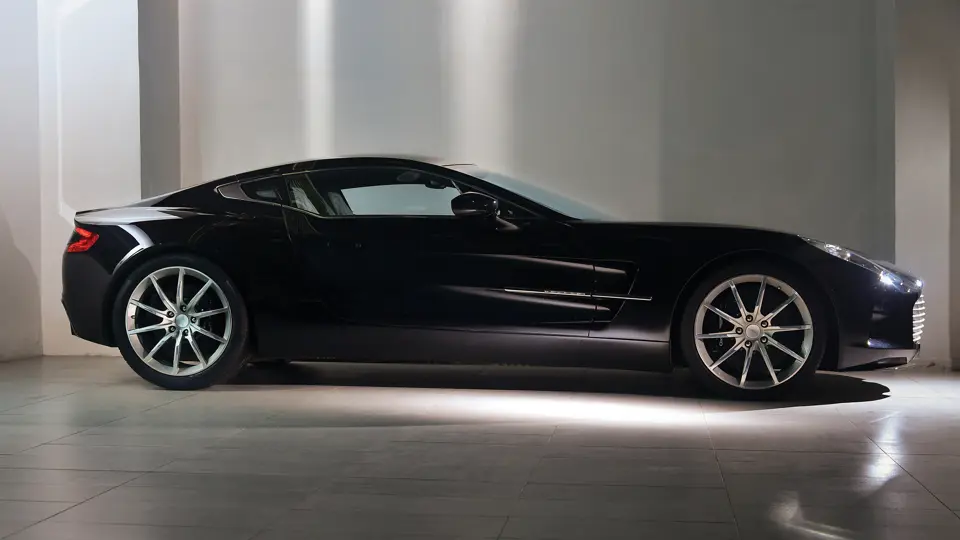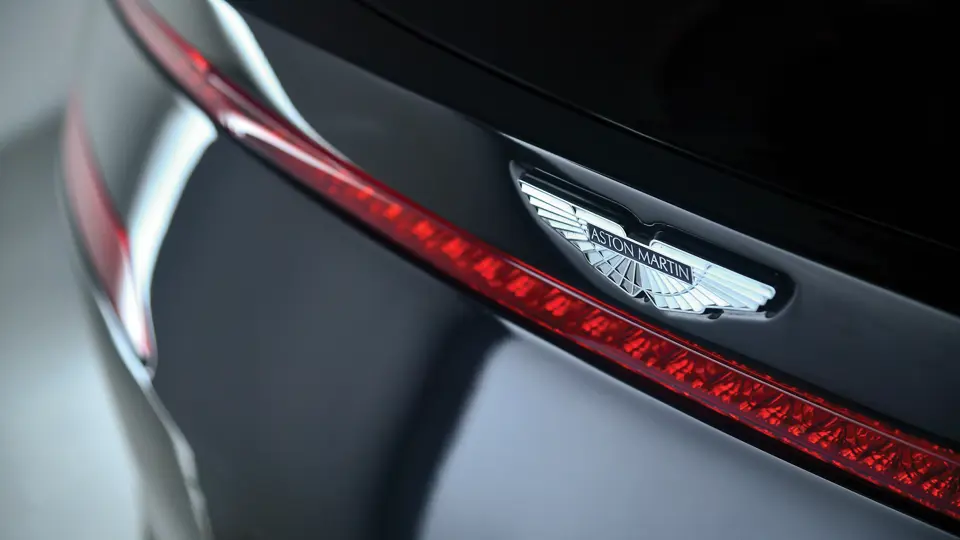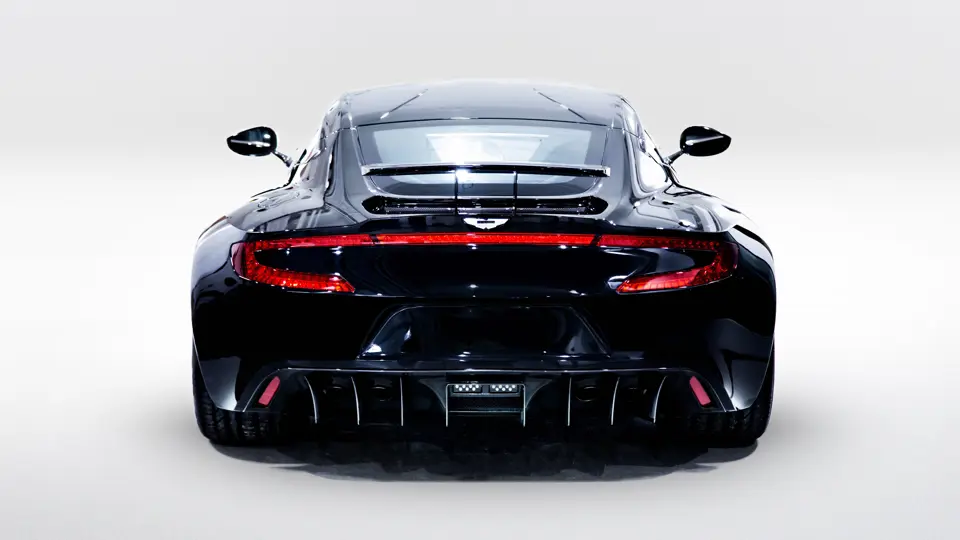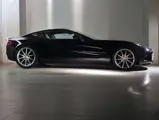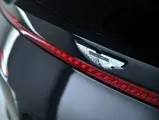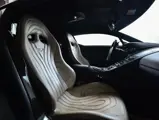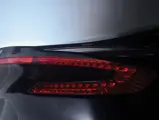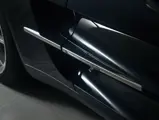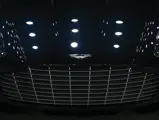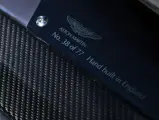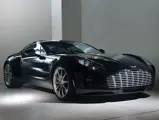
2011 Aston Martin One-77
{{lr.item.text}}
$1,440,625 USD | Sold
Presented by Auction4Wildlife to benefit African Parks
{{bidding.lot.reserveStatusFormatted}}
- Presented by Auction4Wildlife to benefit African Parks
- The 38th of 77 examples built
- Sparingly driven; currently displays 888 km (552 miles)
- Model that won the modern design award at the 2009 Villa d’Este Concorso d’Eleganza
- A rare opportunity to acquire Gaydon’s expressive and unique hypercar, combining old-world techniques with modern performance
At the 2008 Paris Salon, Aston Martin teased the audience with a partially covered, non-running prototype of a new limited-production hypercar, the One-77. Ownership of the company had recently passed from Ford’s Premier Automotive Group to a consortium led by Dave Richards, the principle of the respected and accomplished Prodrive competition concern. Intended to compete with the likes of Bugatti and Koenigsegg, this was clearly a prestige model meant to assure the world that Aston Martin was back in the business of building boutique speed machines.
At the Geneva Salon six months later, a completed One-77 show car took the automotive world by storm. Retaining the signature form that had characterized the popular DB9 and DBS models, the One-77 was a clear amplification of everything that Aston Martin represented. The new model stood wider and lower than its predecessors, clothed in aluminium coachwork that appeared to be a DB9 on steroids, with huge, pronounced rear haunches, beautifully exaggerated side strakes, and the trademark Aston Martin grille. The body was a unique blend of old-world techniques and modern materials, with each single-piece aluminium front wing requiring three weeks of pounding and formation by an individual craftsman.
The body was mounted on a stiff, lightweight carbon-fibre monocoque chassis that tipped the scales at only 180 kg, helping to keep overall kerb weight to a minimum. Into this jewel of a shell the designers dropped a 7.3-litre version of the company’s highly developed V-12, which was specially reworked for the One-77 by the racing engineers at Cosworth. With a minimal flywheel and quad exhaust pipes, the free-revving V-12 developed an elevated compression ratio of 10.9:1, good for 750 hp and 553 foot-pounds of torque. Placed well behind the front axle, the powerful engine also sat 100 mm lower than in the DB9, thanks to the adoption of a dry-sump lubrication system. Power was administered to a six-speed manual automated transaxle through a carbon propshaft that passed through a magnesium-alloy torque tube, and control of the 20-inch rear wheels was administered by a limited-slip differential.
Capable of hitting a top speed in excess of 220 mph, the One-77 was sprung with a fully adjustable suspension that automatically lowered at triple-digit speeds, at which point a huge rear wing deployed to increase downforce. Cross-drilled carbon-ceramic brakes brought the car back to earthbound speeds.
The One-77’s interior was no less impressive, with carbon fibre and black anodized aluminium trim dominating nearly every surface, while the electronically controlled sport seats and panelling were upholstered with stitched leather and Alcantara. A squared steering wheel and graphite instruments completed the elegant design. Despite the obvious emphasis on performance, the model was equipped with comfort amenities, including a multi-function infotainment screen with satellite navigation, iPod and Bluetooth connectivity, and a Bang & Olufsen premium sound system with magically rising bookshelf tweeters. The total design package was so arresting that the One-77 became the toast of major concours d’elegance through 2009, even winning the design award for prototypes and concept cars at the prestigious Villa d’Este Concorso d’Eleganza in Lake Como, Italy.
The finest and most powerful yet of Aston Martin’s grand tourers, the One-77 was built in a smattering quantity of only 77 examples, and each was pre-sold at an astounding price in excess of $1.8 million. The model was defined with such an aura of exclusivity that Aston Martin never made it available for review by journalists, and the trickle of firsthand coverage that followed in the years to come was solely the result of generous owners lending their cars to a small handful of respected media outlets. The star thoroughbred of Aston Martin’s 2000s grand touring stable, the One-77 remains one of the company’s most exquisite models, lauded by marque enthusiasts and supercar aficionados alike.
Chassis no. 17738 is the 38th of the 77 cars built and is finished in Black Pearl and trimmed with an interior of Blue Gin complemented by Anodized Blue and chrome metal trim. Equipped with ten-spoke polished wheels, the prodigious One-77 was sold new to Markus Jebsen, a Danish nature conservation philanthropist residing in Hong Kong. After delivery, the One-77 was carefully garaged and fastidiously maintained, and through less than ten years of single ownership, the car has accrued less than 1,000 km (620 miles). It remains a stunning and rare example of the venerable Aston model.
Actively involved in philanthropic efforts of nature and wildlife conservation worldwide, and as founder of the Auction4Wildlife charitable initiative, Mr Jebsen is particularly interested in saving endangered African wildlife. Among other avenues to this end, he currently serves as a member of the Asia Pacific Advisory Group of African Parks, a nonprofit conservation organisation that assumes long-term management of protected areas, in partnership with governments and local communities. With HRH Prince Harry the Duke of Sussex as its standing president and goodwill ambassador, African Parks currently manages fifteen national parks and protected areas in nine different countries, covering 10.5 million hectares, active in areas of Benin, the Central African Republic, Chad, the Democratic Republic of Congo, Malawi, Mozambique, the Republic of Congo, Rwanda, and Zambia.
In conjunction with Auction4Wildlife, the consignor will generously donate the proceeds from the sale of the One-77 to African Parks so that the charitable organisation may continue its important work restoring landscapes, saving species, and ensuring sustainable livelihoods for local communities. The buyer of this extremely rare Aston Martin can not only derive a sense of pride in contributing to this commendable pursuit, but will acquire one of the most beautiful modern hypercars ever built, an astounding blend of traditional sports car sensibilities and modern aesthetics and materials that would crown most any collection of roaring speed machines.




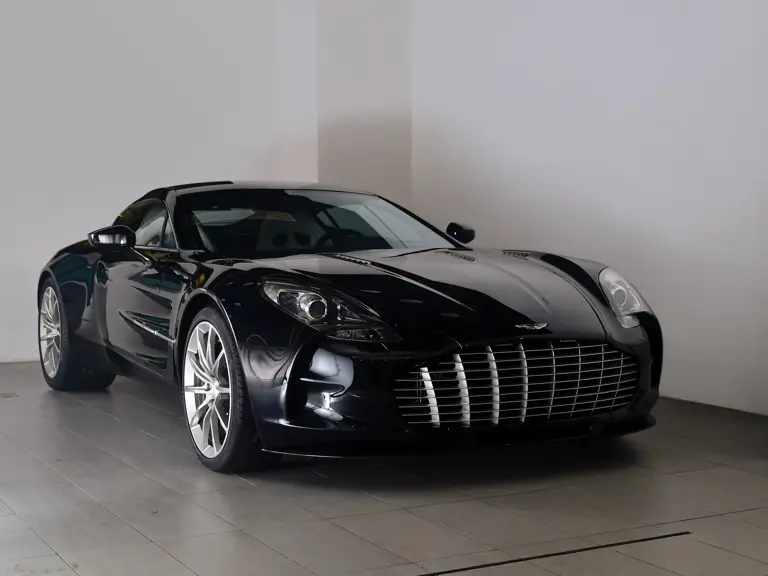

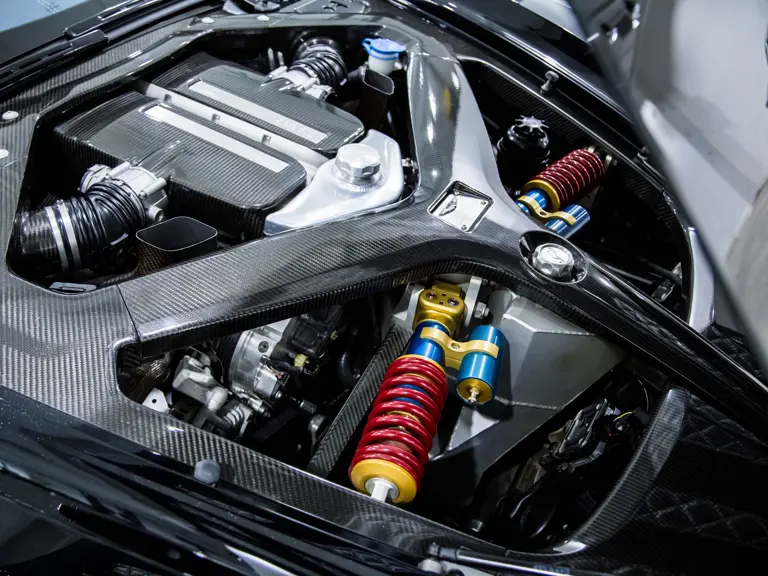
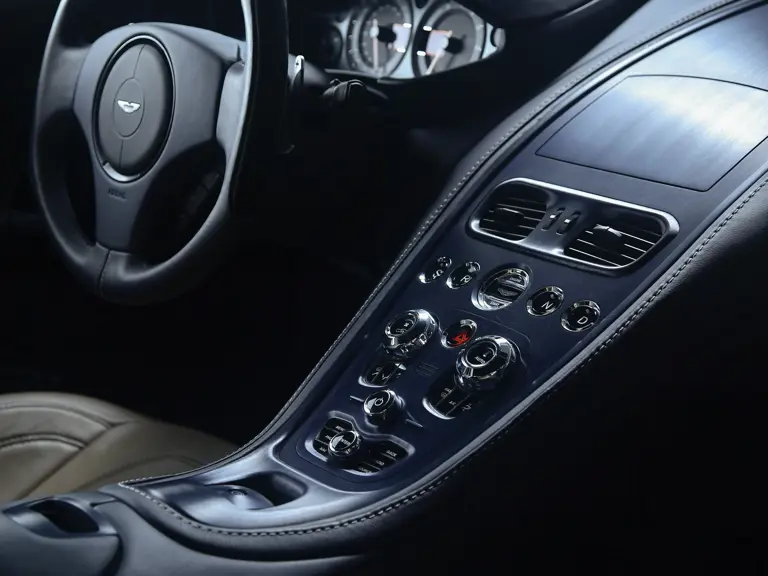
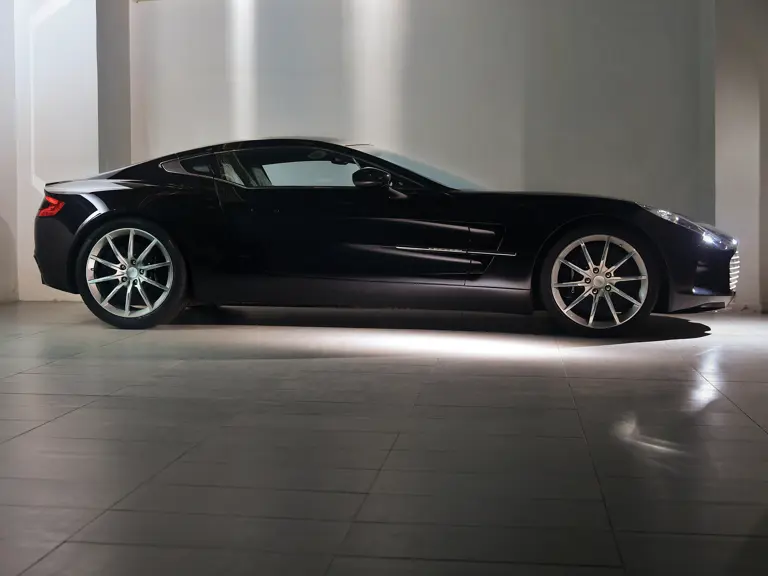

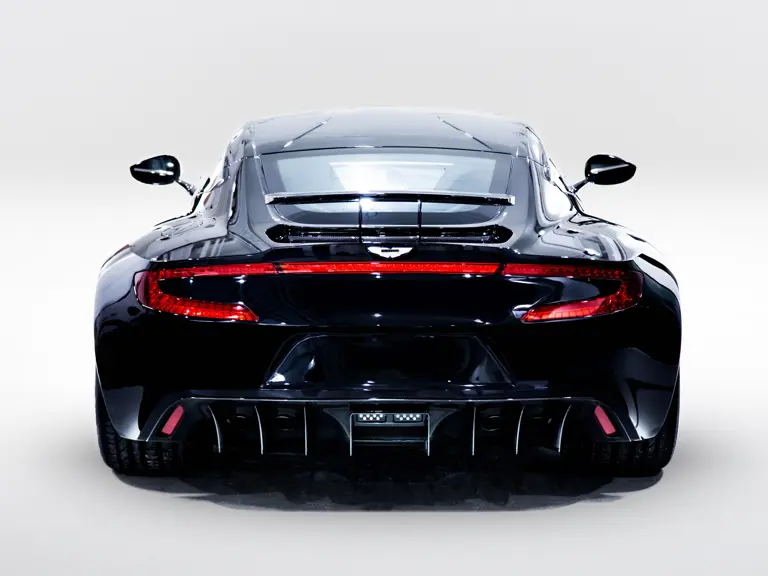

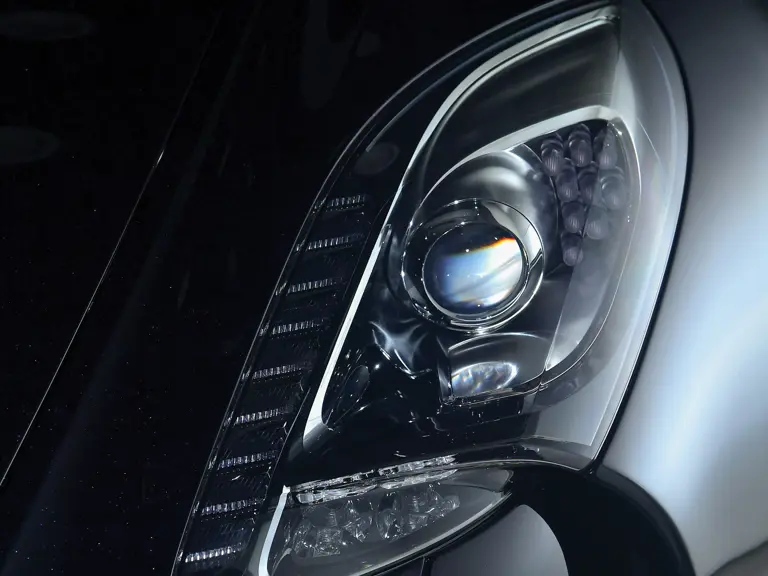
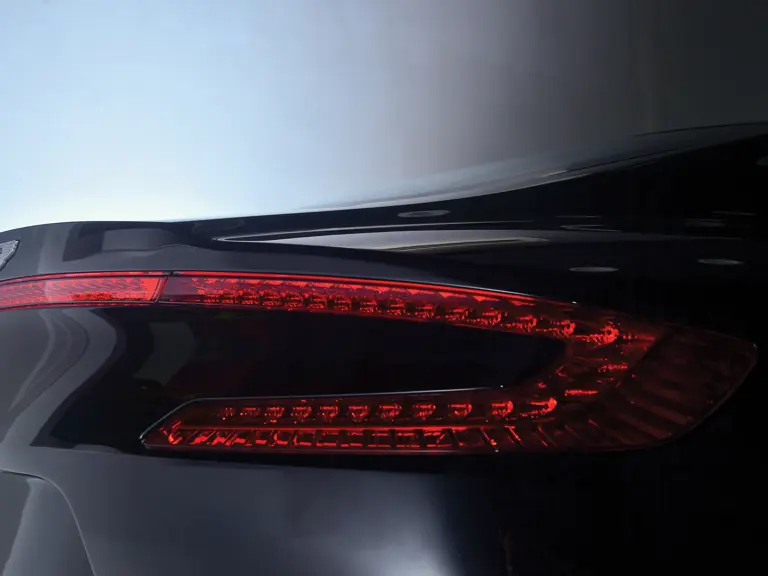
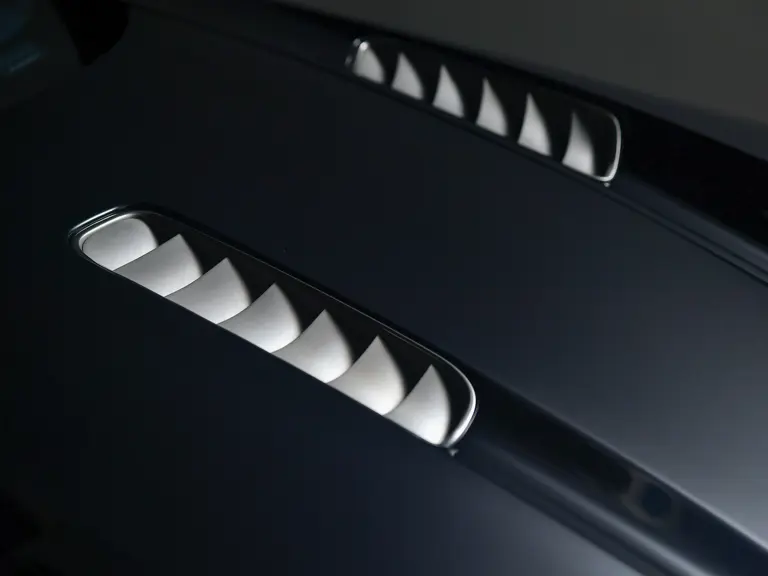



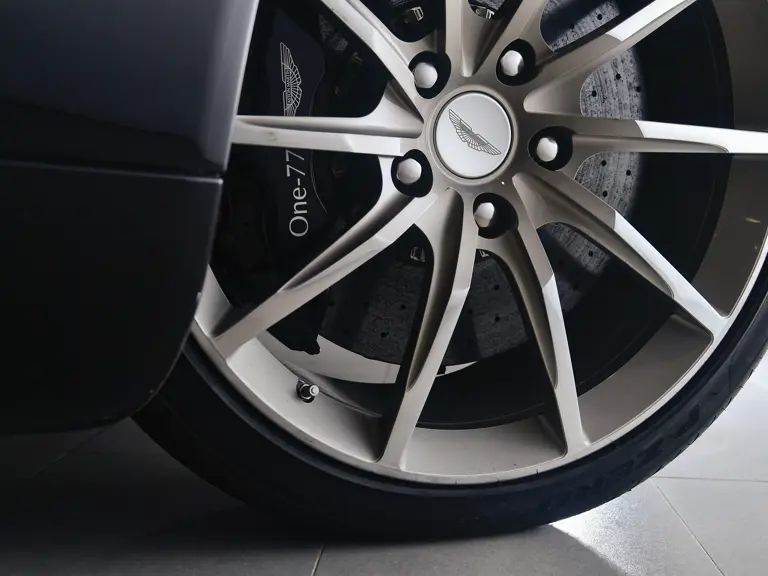
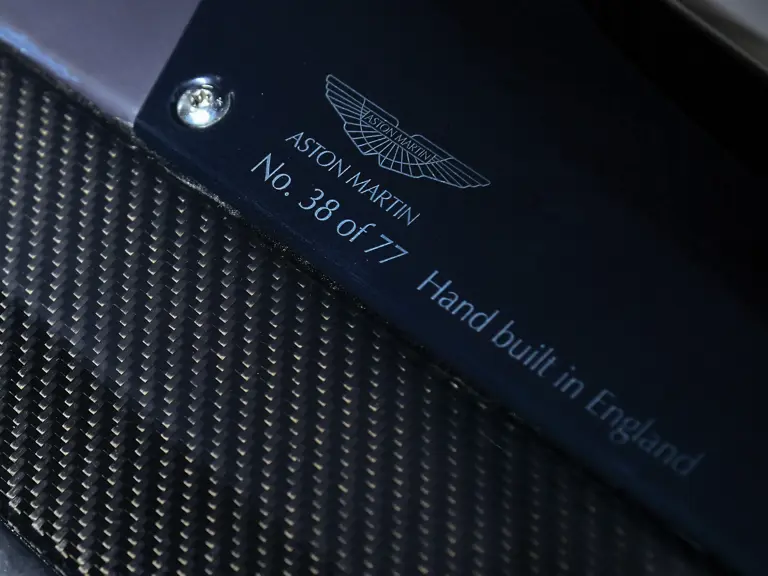
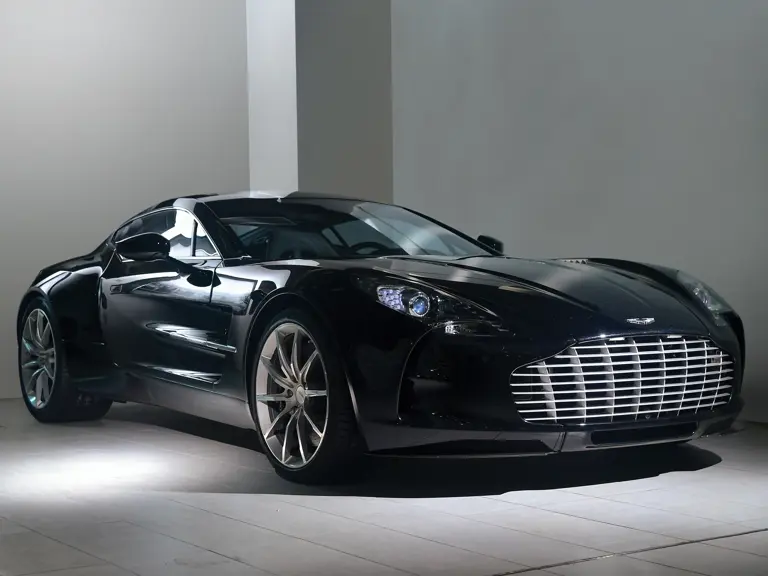
 | Abu Dhabi, United Arab Emirates
| Abu Dhabi, United Arab Emirates
